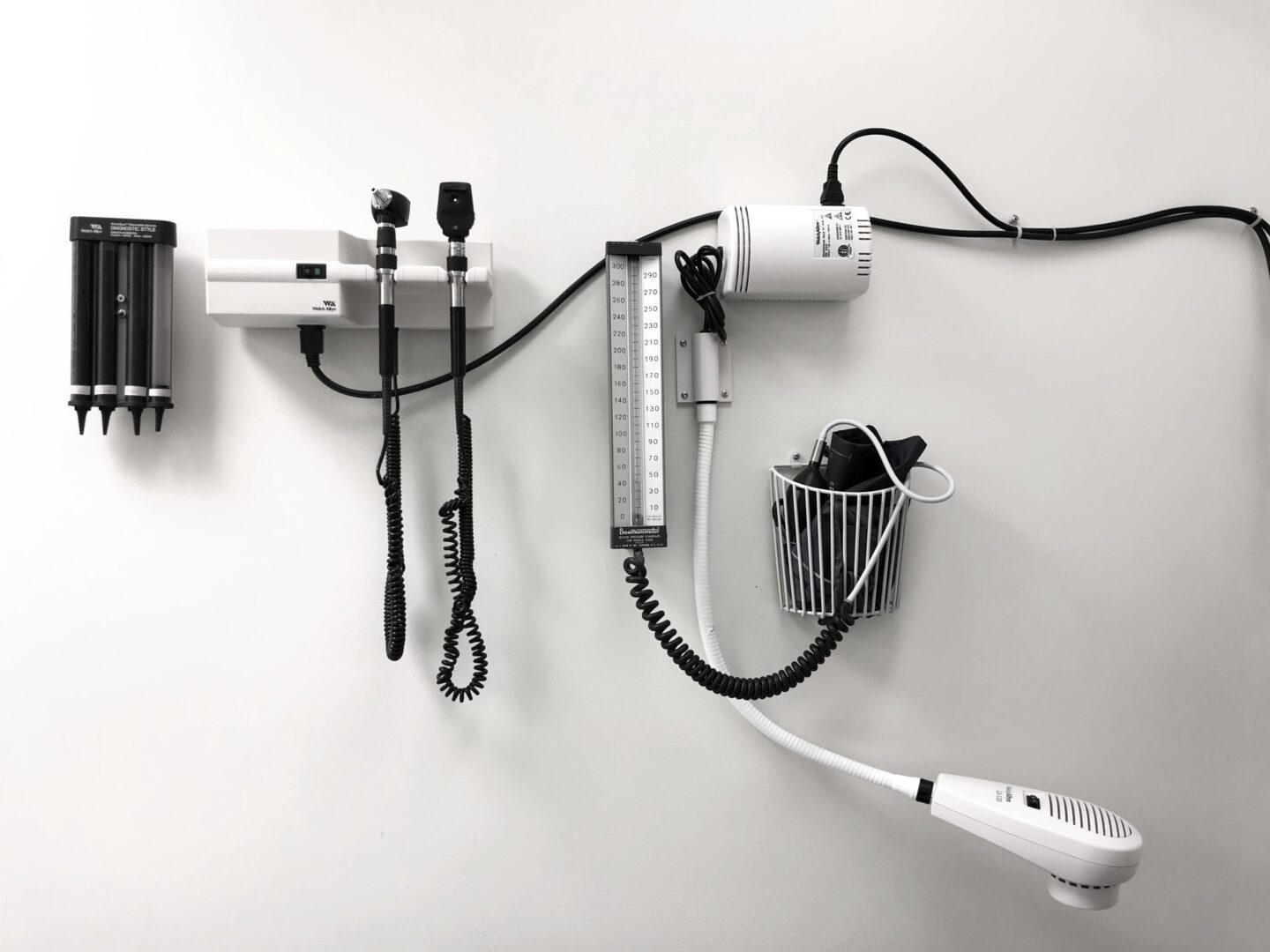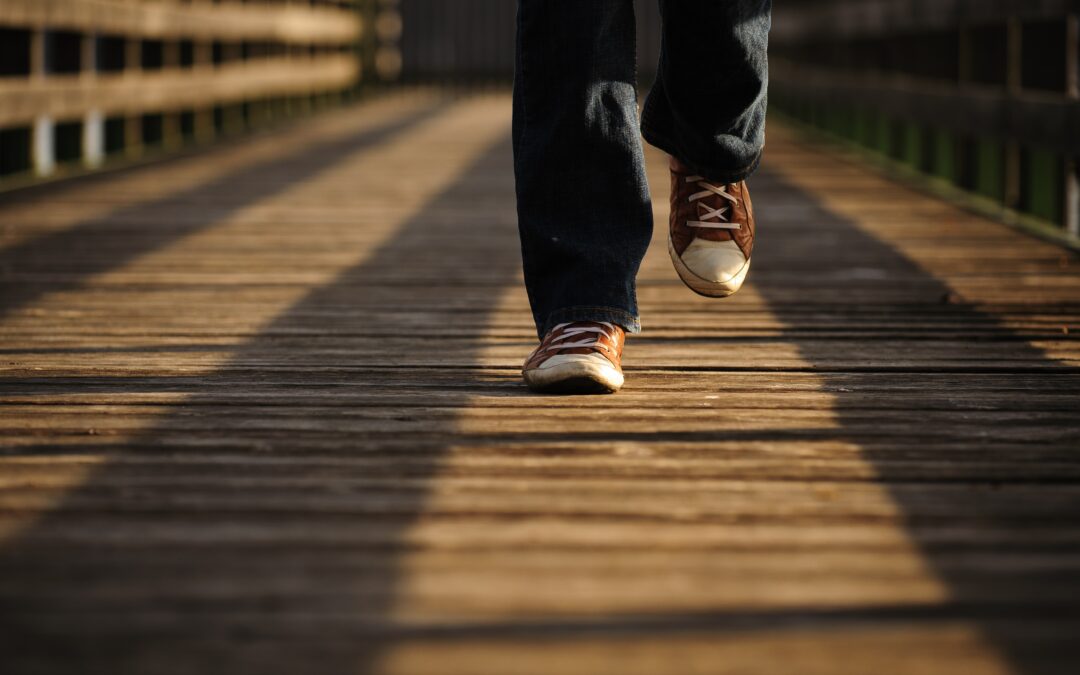We are all familiar with vital signs such as heart rate, blood pressure, blood oxygen levels, respiration rate, and body temperature. How accurate are these signs at determining health or predicting future health? Are there other signs that we should consider as a vital sign? If you could add another vital sign what would it be? Mine would definitely be, with no reservation, “gait speed”.
What Is Gait Speed?
The time one takes to walk a specified distance on a level surface.
Why Gait Speed Should Be Considered a Vital Sign?
The reason I believe gait speed should be considered a vital sign is that it packs more information than just determining the need for a walking aide. It has been found to reflect current levels of function, as well as predict future care, cognitive decline, and mortality.
To back this up, the study that initially caught my attention several year ago about gait speed followed 34,000 older adults. The researchers found that gait speed, age, and gender were better predictors of mortality than age, gender, chronic diseases, blood pressure, body mass index and hospitalization combined. (Studenski 2011)
An earlier study by the same author found that gait speed varies with age, gender, and anthropometrics with the normal range being between 3.0 to 4.6ft/sec. They also found that gait speeds of:
- 1.97ft/sec or less were indicative of individuals who were likely dependent in ADLs and more likely to be hospitalized.
- 3.28ft/sec or greater were indicative of individuals who were more likely to be independent in ADLs and less likely to be hospitalized. (Studenski 2005)
Montero-Odasso in 2005 found that gait speeds of less than 3.28ft/sec reflected an individual who typically needed an intervention to reduce their risk of a fall.
Abellan van Kan in 2009 found that with seniors, a gait speed of:
- >4.3ft/s was found in those who were extremely fit.
- >3.3ft/s was found in a healthy population, with lower risk of health events and
 better survival.
better survival. - <3.4ft/s was found to be consistent with those at risk for cognitive decline within 5 years.
- <3.3ft/s was found to be consistent with those at risk for death or hospitalization within 1 year.
- <2.0ft/s was found to be consistent with those with functional or cognitive decline, institutionalization, and mortality.
To put things into perspective, it takes a gait speed of 4.0ft/sec to cross a controlled intersection during a pedestrian walk light.
How Do I Assess Gait Speed?
Tools Required:
- Stopwatch.
- 30 foot length hallway or open space.
- Patient.
Instructions:
- On a level floor mark with tape the two ends of a 30ft distance.
- On the floor mark 5 feet in from both ends. These two marks will then be 20 feet apart.
- Have the patient stand at one end of the measured distance.
- Advised them that this is a measured test of their gait speed and that you will be measuring their “preferred” or usual gait speed as they walk from the start line to the finish line 30 feet away.
- Have them start walking to the other end of the measured 30 feet. As soon as their first foot crosses the marker on the floor at the first 5 foot marker start timing. Stop timing when the last foot clears the 5 foot marker at the other end.
- Calculate the distance divided by the time as their preferred gait speed. So, if someone walks the 20ft in 5 seconds their preferred gait speed is 4ft/sec.

Things To Consider
- The reason we have them walk for 5 feet before and after timing them ensures that you are actually timing their preferred gait speed. If we start timing them from when they actually start and stop walking there will be a distance of gradually speeding up at the start and slowing down to a stop at the end. This will result in a really slow gait speed that will not accurately reflect their actual gait speed.
- Document if they used an ambulatory aide.
- Other standardized tests using the same principles include:
- a 10 meter timed distance where there is a 1m distance at both ends to allow the patient time to get to their walking speed and slow down after (12m total distance).
- a 4 meter timed distance where there is a 1m distance at both ends to allow the patient time to get to their walking speed and slow down after (6m total distance).
- There is also a 6 Minute Walk Test.
- To convert m/s to ft/sec and vice versa simply ask Siri.
Test Options
At times I will also assess one’s gait speed while they are carrying a glass of water or doing a cognitive task like counting by 7’s. Or, I may ask them to walk as fast as they can. Now, there are no norms for these additional tests that I am aware of, but the results can be used to compare test and retest with the same person.
Want a copy of these instructions print off? Click here.
Pros & Cons
Pros:
- Inexpensive.
- Easy to perform.
- Highly functional.
- Results can be used for goal setting and treatment planning.
Cons:
- Need an open space of at least 30ft in length.
Given the information I can gather from assessing gait speed, it being a simple test to administer, and can be easily performed for serial testing over time to monitor changes, it has become one of my “Go To’s” with my clinical assessment.
Wrap-up
I hope that with reading this you realize how gait speed can be a valuable tool to give you an idea of not only mobility, but dependency, the need for hospitalization, as well as morbidity. Bottom line, it is probably one of the best tests to determine dependency and quality of life. So, as I outlined at the start, I believe it should be considered a vital sign. Curious as to your thoughts.
If you ever want to comment on our blogs, feel free to send us an email at contactus@north49therapy.ca. It would be great to hear from you.



 better survival.
better survival.
